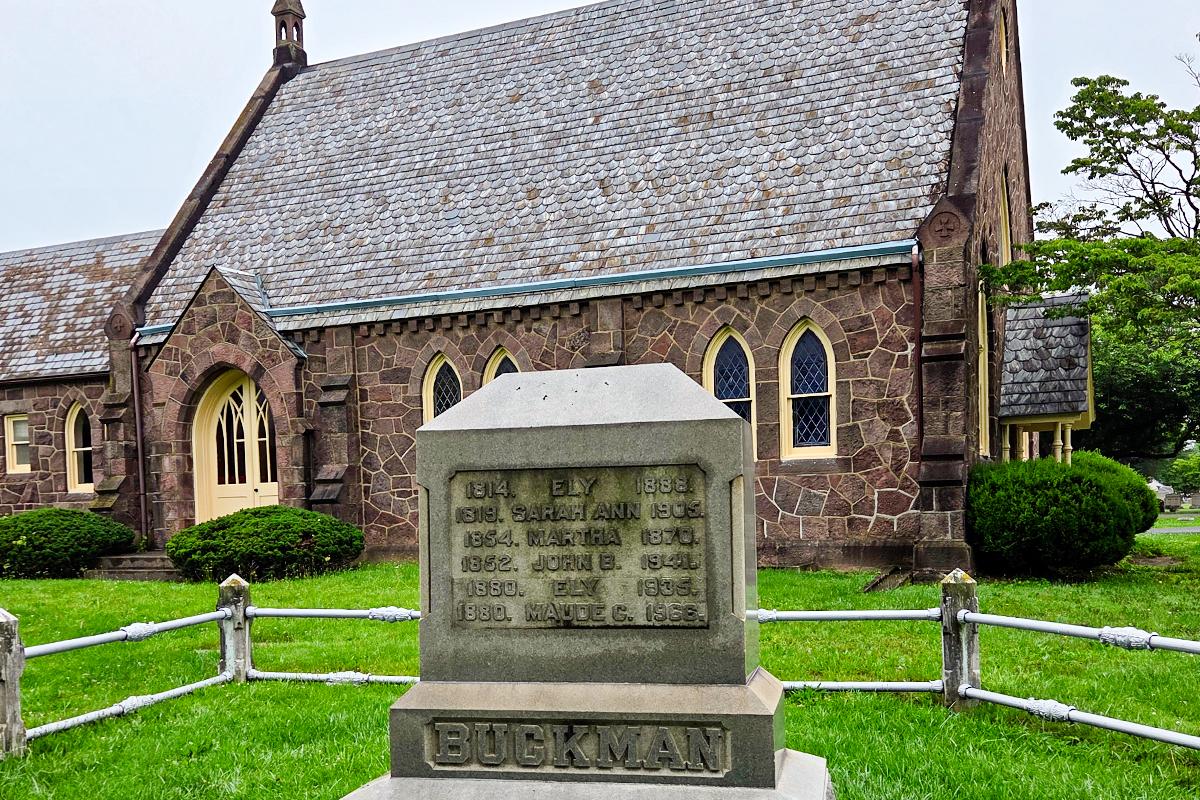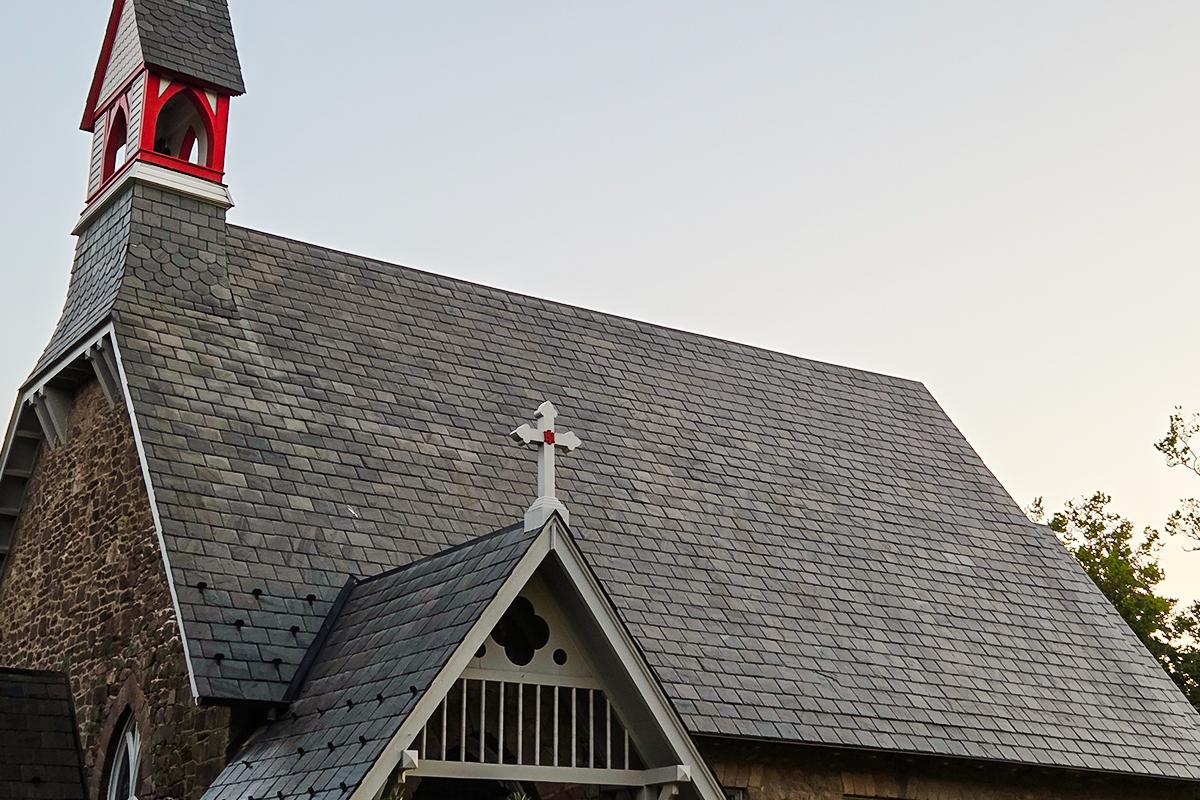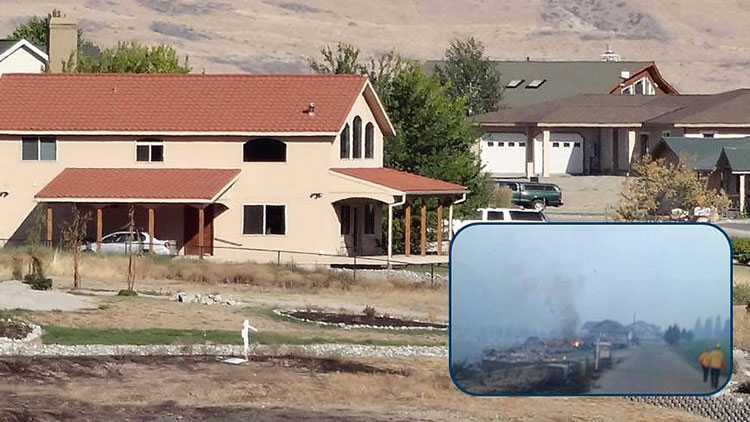The art of slate roofing
October 5, 2025 at 9:00 p.m.By National Slate Association.
Preserving the craftsmanship and durability of this centuries-old craft in a convenience-driven world.
Slate roofing has a long history that spans centuries of use. In North America, its legacy can be traced all the way back to early quarries opened in the East in the early 1800s. One of the earlier reports of slate used on a roof comes from when Colonel Alonson Allen, who ran the Fair Haven quarry in Vermont, installed a slate roof on a farm. There was a lot of doubt about using a rock for a roof, but Colonel Alonson roof stood strong. Fastforward to the 1900s and slate roofers were creating high-quality roofs out of stone that combined artistry with durability.
But in recent years, this beautiful roofing material has become less popular. A member of the National Slate Association shared, “While walking through Newtown, Pennsylvania, I spotted a historic church with Chapman slate from Northampton County, Pennsylvania. The textured stone, clipped cuts and intricate pattern caught my eye – a level of craftsmanship rarely seen today. It made me wonder: how many roofs like this are still being installed? And when the slate finally reaches the end of its service life, will the church have the resources to replace it – or will they turn to synthetic alternatives?”
Why are there fewer slate roofs every year?
 So why has what that NSA member saw become so rare, why are we seeing fewer slate roofs with each passing year? The answer isn’t simple, but it comes down to cost, convenience and changing priorities in the construction world.
So why has what that NSA member saw become so rare, why are we seeing fewer slate roofs with each passing year? The answer isn’t simple, but it comes down to cost, convenience and changing priorities in the construction world.
The decline in slate roofs isn’t just about cost or trends, it’s history catching up. Slate dominated U.S. roofing from roughly 1880 to 1910, covering everything from barns to government buildings. But as asphalt shingles gained popularity in the early 20th century, new slate installations slowed dramatically.
Now, more than a century later, many of those original roofs – even with slate’s 75–125 year lifespan – are finally wearing out. Instead of being replaced with slate, most are swapped for asphalt, metal or synthetics, accelerating the drop in slate roofs nationwide.
Why slate is fading
- The high cost of beauty: Natural slate is expensive. Quarrying, splitting, transporting and installing it requires skill – and specialized labor is costly. Many homeowners and builders simply can’t justify the investment.
- Not enough skilled labor: Installing slate is a craft. Few roofers today have the training or experience to do it properly. As older experts retire and apprenticeships decline, homeowners often turn to conventional materials for repairs or replacement.
- Weight matters: Slate is heavy – 800–2,000+ pounds per 100 sq. ft., versus ~200–300 pounds for asphalt. Roofs must be engineered or reinforced to handle it. Modern homes, framed for lighter materials, can’t always support slate without upgrades.
- Convenience over longevity: Homeowners increasingly favor low-maintenance, quick solutions. Slate requires specialist care and occasional attention – a mindset many aren’t willing to adopt. Its classic look is sometimes labeled “old-fashioned,” losing appeal in contemporary design.
- Suburban sprawl and mass production: Most new homes today are built fast and cheap. Developers favor materials that are quick to install and look good enough to sell. Slate doesn’t fit into that formula, which is why you rarely see it in new subdivisions. It’s a premium product in a value-driven market.
Preserve craftsmanship. Choose slate.
 Slate roofing is timeless, durable and steeped in history. Its decline isn’t due to failure – it’s a reflection of cost, labor shortages, convenience and evolving construction priorities. For those who value craftsmanship, authenticity and longevity, slate remains the gold standard. Every roof that still bears it is a reminder of an era when buildings were made to last.
Slate roofing is timeless, durable and steeped in history. Its decline isn’t due to failure – it’s a reflection of cost, labor shortages, convenience and evolving construction priorities. For those who value craftsmanship, authenticity and longevity, slate remains the gold standard. Every roof that still bears it is a reminder of an era when buildings were made to last.
Invest in slate for your next project or restoration. Support skilled slaters, ensure roofs that last a century or more and preserve the architectural heritage of our communities. Don’t let history fade – choose slate.
Original article and photo source: National Slate Association
Learn more about National Slate Association (NSA) in their Coffee Shop Directory or visit www.slateassociation.org.






















Comments
Leave a Reply
Have an account? Login to leave a comment!
Sign In